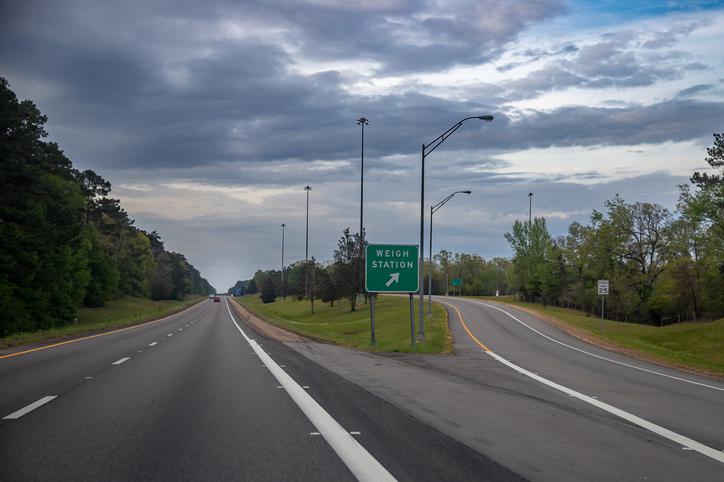SUVs are popular because they are considered big and safe if you get in an accident. However not every SUV has the same safety, especially in the back seat. Consumer Reports recently tested the back seat safety of SUVs (and others) and discovered that some SUVs fare far worse than others for back seat safety.
Today’s SUVs have a host of safety features, from back seat airbags to radar-based scanning systems that can tell you if there’s movement in the back. But not every SUV scores the same in Consumer Reports rear seat safety scores. The magazine hasn’t tested every SUV’s rear seat yet, but it’s 2022 list shows how some of the most popular, or most anticipated SUV scores.
Every Genesis model has issues for back seat safety
According to Consumer Reports every Genesis vehicle, from sedans to SUVs, “lag behind their peers when it comes to rear-seat occupant protection.” The highly anticipated Genesis GV70 does feature radar alerts that can spot back-seat movement of kids or pets and it can alert you if you’ve forgotten someone in back. However, no 2022 Genesis model has advanced rear-seat restraints. Those features are likely coming, Consumer Reports said.
The Genesis G80 sedan was downgraded for not having rear-seat belt reminders. It did rank well for having head restraints and a superior child seat fit. The GV80 does, however, have a five-star rating from the Insurance Institute for Highway Safety.
Genesis is updating the GV80 soon and many of these safety features are expected to be added. The new 2023 Hyundai Palisade and Kia Telluride, which are on the same chassis, have boosted their safety options but have not been tested by Consumer Reports yet.
VW Taos and ID.4 rank near the bottom for SUVs
Like the Genesis the Volkswagen lacks belt reminders or advanced restraints. It does, however, score high for booster seat use and it has advanced head restraints. The VW Taos does get a Good rating from the IIHS for its back seat’s options for fitting a child seat, especially its easy-to-find and use tether anchor position.
The ID.4, VW’s EV SUV, was dinged for not having advanced restraints, belt reminders or rear-occupant alerts. But it too earned high marks for its child seat fit and booster-seat abilities from Consumer Reports, as well as overall crash worthiness.
Hyundai Tucson and Santa Cruz dinged for back seat safety, too
The Santa Cruz truck and its SUV brother the Tucson both scored near the bottom of Consumer Reports’ rankings for lacking belt reminders and advanced restraints. Though the two vehicles are nearly the same on the inside, the Tucson got higher marks for having a rear occupant alert option, while the Santa Cruz was given kudos for better booster seat use ability.
These two both beat the Ioniq and Elantra cars in the ranks, but not the larger Santa Fe SUV which offers a few more features and room.
However the IIHS says that the Tucson gets a G rating, the highest, for rear passenger injury measures, including head/neck support, torso and pelvis/leg protection. So, while it may not have the most safety technology, it is still a safer pick than other SUVs.
What rear seat safety features did Consumer Reports test?
Consumer Reports looked at six different rear-seat safety options:
The ranking is relatively new for Consumer Reports and it hasn’t tested every vehicle for these safety ratings yet.
The IIHs has a set of different metrics for calculating rear seat safety. It measures the child seat anchor positions and ease of use, as well as child-seat tethers locations and use, and it also measures crashworthiness of the vehicle and ranks rear-seat safety.
RELATED: Advanced Safety Systems: What are They all About?

